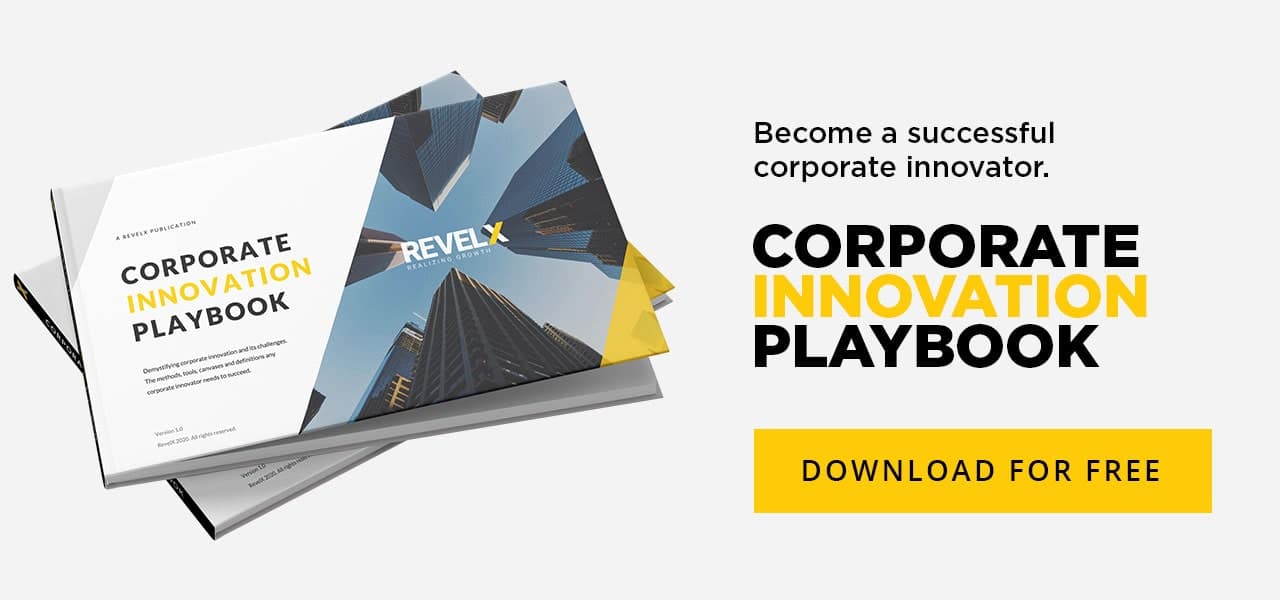Over the last year, I interviewed many CEOs of various international companies, large and small, profit and nonprofit, grownups, and scaleups in all sorts of industries. The leading question was always: “How do you organize your innovation most effectively?” The discussions were confidential, and content was often competitive and market sensitive. The results are short anonymous corporate stories. Honest and insightful. A great way to share knowledge and innovation experience.
Valorization and co-creation, an academic innovation play
An interview with the Head of Business Development of a leading Academic Medical Center
The generalist
The strategic focus is lacking in most Academic Medical Centers (AMC). Most AMCs have multiple (social) tasks such as regular patient care, complex patient cure, education, and research. Politics is also pretty much involved in (not) making choices and decisions to participate in projects. Furthermore, our AMC is an important employer in the region, and our region is pretty much widespread. To keep everybody happy, combined with a large consensus culture we do not make too many choices. In fact, our AMC and University is the most generalist in the country.
Purpose
AMCs are obliged to bring their innovations to the market, also called valorization. We do this in so-called Technology Transfer Offices (TTO). Next to that we arrange funding, collaborate, if necessary, with other institutes, partner with market companies (e.g., pharmaceuticals) make deals including IP contracts, and even scale the ventures. In contrast to our generalist nature, we have chosen selective focus areas like pharma, diagnostics, and medical technology. And we aim for a large impact on the world. Most of our ventures are disruptive by nature and fail to reach a certain threshold. Care (patient) innovation is excluded from our TTO and is organized in a separate department. In the area of diagnostics, the two of us are working together.
Our position
There are too many AMCs in the Netherlands, eight in total. Recently the two AMCs in Amsterdam, AMC and VUMC have merged, but there are still too many. The medical research market is however very international. In that respect valorization scores in the Netherlands are low. The Netherlands is running behind. But despite our national weak position, we score very high in the world ranking lists of research. The Netherlands started late with TTOs in 2006. Other countries were already years ahead. Especially the US is doing a great job. They have started their innovation efforts in the ’70s of the last era.
Collaboration with peers
Collaboration with other institutes is one of the most difficult tasks. Historically the AMC industry has been very competitive. Every Professor and his team of lab rats want to be the first in whatever you can think of. But there are some exceptions to the rule. ONCO, the virtual institute for oncology research, seems to function very well, as well as the VIB. VIB is the Belgium institute for biotechnology. They combine strategic base research with innovation, unraveling the biology of humans, plants, and micro-organisms. New insights translated into products and applications in various fields, from medicine to agriculture. The institute gives shelter to over 1600 scientists and 9 research centers and has created 30 spin-offs in the last 25 years.
The TTO
We stay close to ventures for at least three years of their development. Actual time off course depends on the characteristics of the venture and the companies that we partner with. We have a specific interest doing so. As IP holder and licensee, we monitor actively the participations and try to further enhance the development of our IP.
We also give convertible loans up to € 100K in the startup phase to get the team going. Next to that, there is a growth venture fund in the region available that provides tickets of € 250K, early finance, or seed capital.
Our organization is not huge. A hardcore of approximately 15 people (business developers, legal, finance) is complemented with external consultants. So far, no big financial hit has been scored. But hey, even Harvard has only 2% of all patents that make money.
Commercial collaboration
We also provide external management to accelerate the ventures. But the focus is on strategic collaboration in an early stage with large health care companies like e.g., Janssen Pharmaceuticals. Co-creation is the name of the game. The game is very complex. Nobody can do it alone. Research has shown that pharmaceuticals with an open policy towards innovation have higher valuations on the stock markets than the companies with a closed-door policy. One of the disadvantages of working with large pharmaceutical corporations is that decision processes often take a long time, especially in the high-risk areas and projects that we are in.
Lacking agility
What we have seen over the years is that acceptance and adaptation in the execution phase of a new venture is a lot quicker abroad than in the Netherlands. Our Health Care system seems to work fine but is not very agile. There are simply too many stakeholders in the decision-making process. For example, in the Netherlands sometimes 8-10 people need to be involved and or must decide, versus only 1-2 in the US. For us to compete in this highly competitive innovative landscape we need to step on the gas and improve our act!
The ‘how to’ topic accrued out of the feedback that we got from readers of the book I have written on innovation with my esteemed colleague Matthijs Rosman called ‘DARE, The Mindset for Successful Innovators in the Digital Age’.
The purpose of the interviews is to create a new publication as successor of DARE. Do you want to join the conversation? Feel free to contact me at eric@revelx.nl.
Eric de Groot
Boardroom strategist with unparalleled creative brainpower. Always focused on growth. Creates speed by combining business modeling with inventive pragmatic solutions. Invests in involvement over a sustained period.
Related posts
Corporate Venturing Q&A
Corporate venturing questions and answers guide: benefits,…
September 27, 2025
The Corporate Venturing Process Framework. From Idea to Scalable Success
Apply the corporate venturing process framework to scout,…
September 23, 2025
Why 70% of Corporate Venturing initiatives fail and how to avoid It
Avoid the 70% failure rate by understanding why corporate…
September 17, 2025




